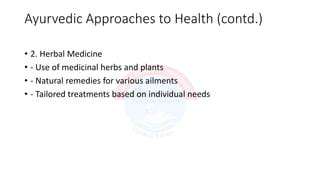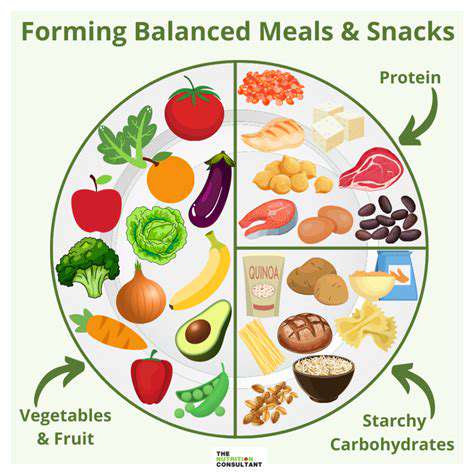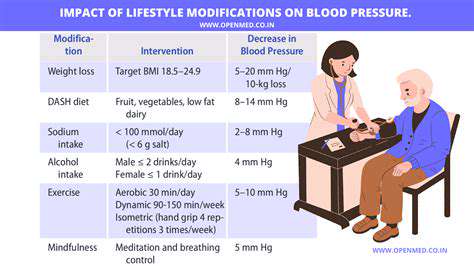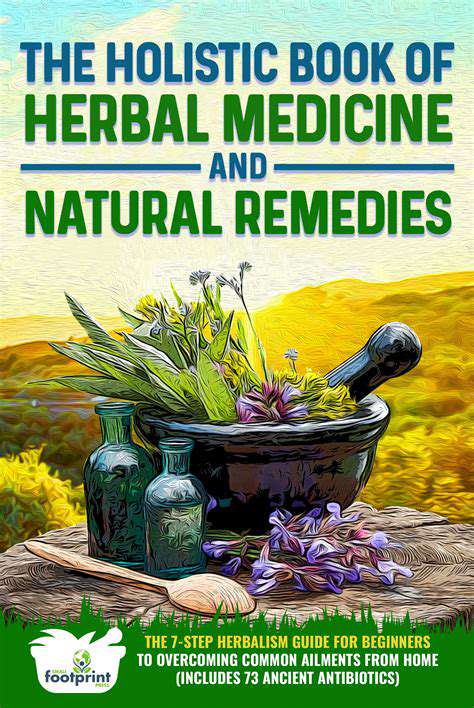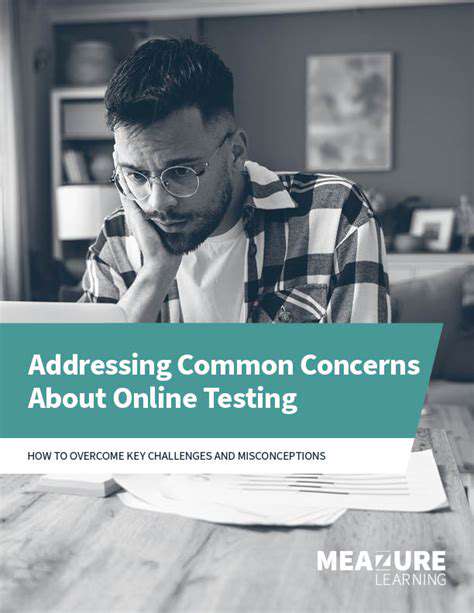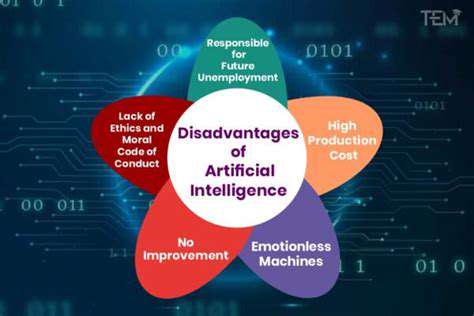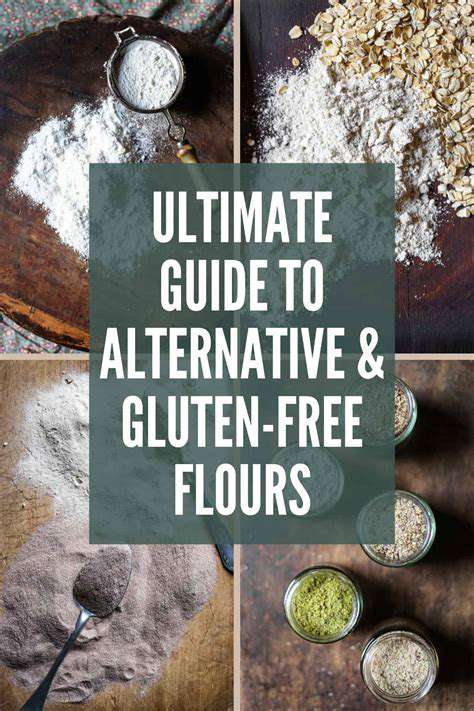Exploring TCM's Approach to Chronic Pain
Psychological comorbidities like depression don't just accompany chronic pain - they feed it in a vicious cycle. Evidence-based interventions such as mindfulness-based stress reduction break this pattern by teaching patients to reinterpret pain signals while building emotional resilience. The most successful treatment protocols always address both the physical and mental dimensions.
Integrative Approaches to Discomfort
Progressive healthcare systems now incorporate time-tested modalities alongside conventional medicine. Acupuncture's precise needle placement stimulates endogenous pain relief, while therapeutic massage releases muscular armoring that exacerbates discomfort. These modalities don't just mask symptoms - they activate the body's innate healing intelligence.
Breathwork practices and guided imagery offer accessible tools for pain modulation that patients can employ anywhere, anytime. When combined judiciously with medical treatment, these complementary techniques empower patients to take an active role in their healing journey.
Community and Lifestyle Foundations
Isolation acts as both consequence and amplifier of chronic pain conditions. Purposeful social engagement creates biological benefits measurable in reduced inflammatory markers and improved pain thresholds. Support groups provide not just emotional solace but practical strategies refined through collective experience.
Nutritional adjustments targeting inflammation, along with movement therapies adapted to individual capabilities, create physiological changes that medications alone cannot achieve. These foundational lifestyle changes often yield benefits across multiple health parameters simultaneously.
Identifying the Root Cause: Beyond the Symptoms
Understanding the Underlying Imbalances
Traditional Chinese Medicine operates on a radically different diagnostic paradigm than Western allopathy. Rather than suppressing symptoms, TCM seeks to identify and correct systemic imbalances that allow dysfunction to manifest. Practitioners assess subtle energy patterns (Qi flow) alongside more tangible factors like sleep quality and emotional state to construct a complete picture of disharmony.
The ancient Yin-Yang principle explains how opposing forces must remain in dynamic equilibrium for health to prevail. Chronic conditions frequently stem from stagnation (excess Yang) or depletion (deficient Yin), requiring carefully tailored interventions to restore balance. This nuanced understanding enables treatments that address causes rather than consequences.
Examining the Five Elements
TCM's Five Element theory provides a sophisticated framework for understanding how different bodily systems influence one another. When Wood element (governing the liver and tendons) becomes excessive, it may manifest as tension headaches or uncharacteristic irritability. Skilled practitioners detect these elemental imbalances through pulse diagnosis and other assessment techniques.
The true art of Five Element diagnosis lies in tracing how imbalance in one element creates ripple effects throughout the system. A Metal element deficiency (lungs/large intestine) might indirectly weaken Water element (kidneys/bladder), requiring a coordinated treatment strategy. This systems-thinking approach explains TCM's effectiveness with complex, multifactorial conditions.
Considering Lifestyle and Environmental Factors
TCM recognizes that no treatment can succeed if toxic lifestyle patterns persist. A meticulously crafted herbal formula will prove ineffective if the patient continues consuming inflammatory foods or working in a high-stress environment. Practitioners therefore invest significant time educating patients about environmental medicine principles.
Seasonal variations, electromagnetic exposures, and even emotional climates at home or work all factor into TCM assessments. By co-creating customized lifestyle plans, practitioner and patient work synergistically to remove obstacles to healing while enhancing treatment efficacy through supportive daily practices.
Nutritional medicine forms the bedrock of sustainable health, with research continuously revealing new connections between diet and physiological function. The standard Western diet, overloaded with processed carbohydrates and industrial seed oils, creates systemic inflammation that exacerbates nearly every chronic condition. Conversely, phytonutrient-rich whole foods provide the building blocks for cellular repair and optimal organ function.
